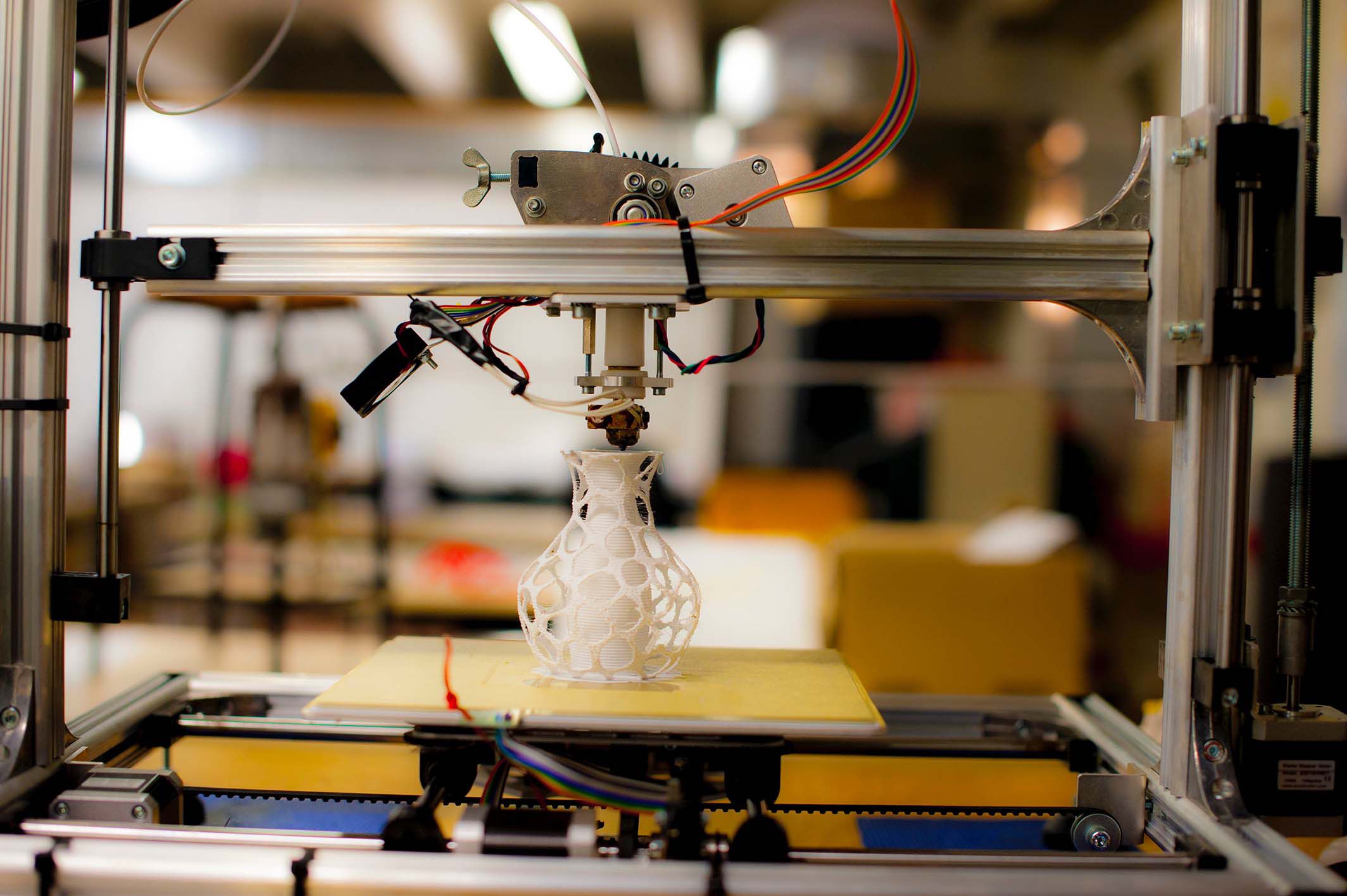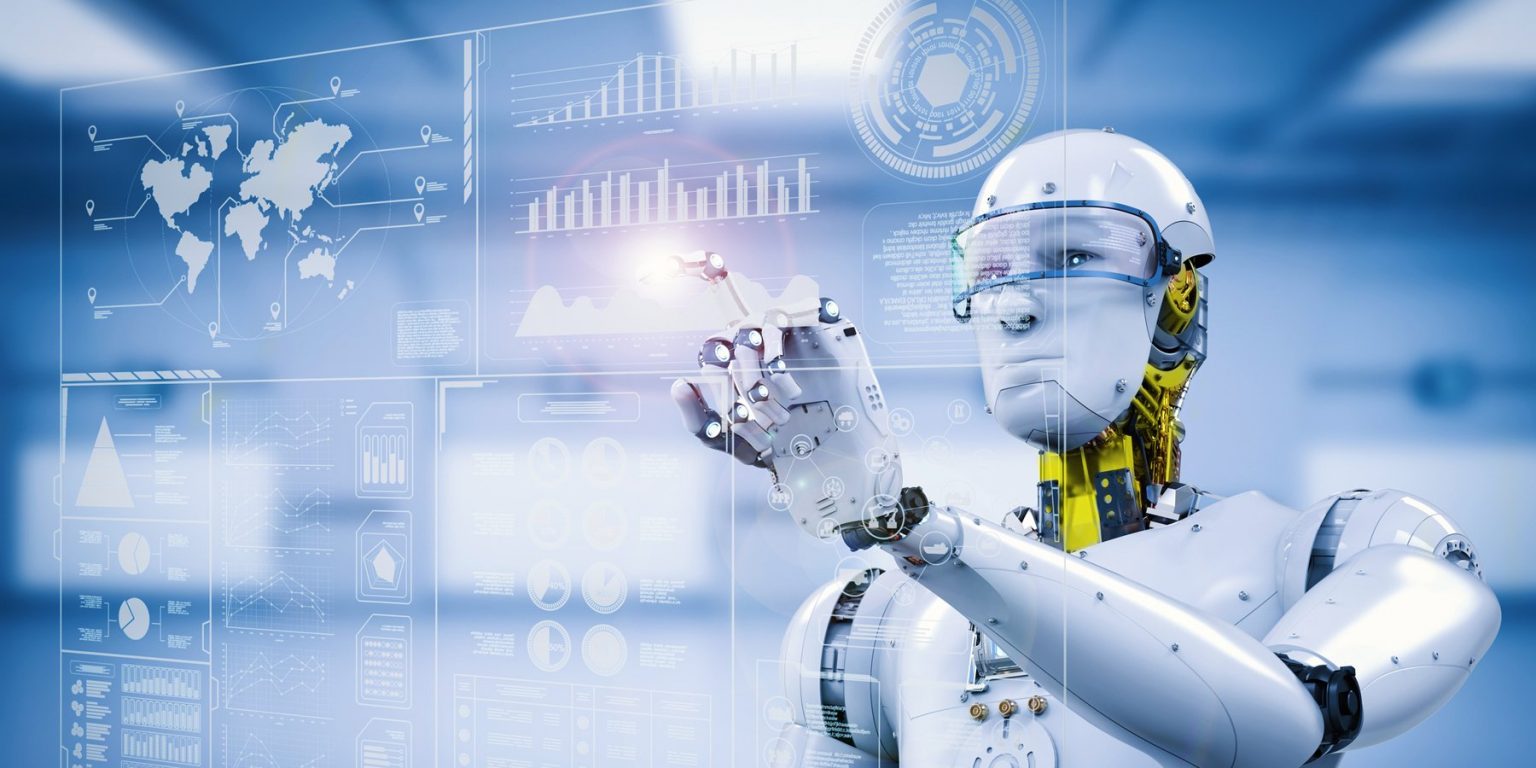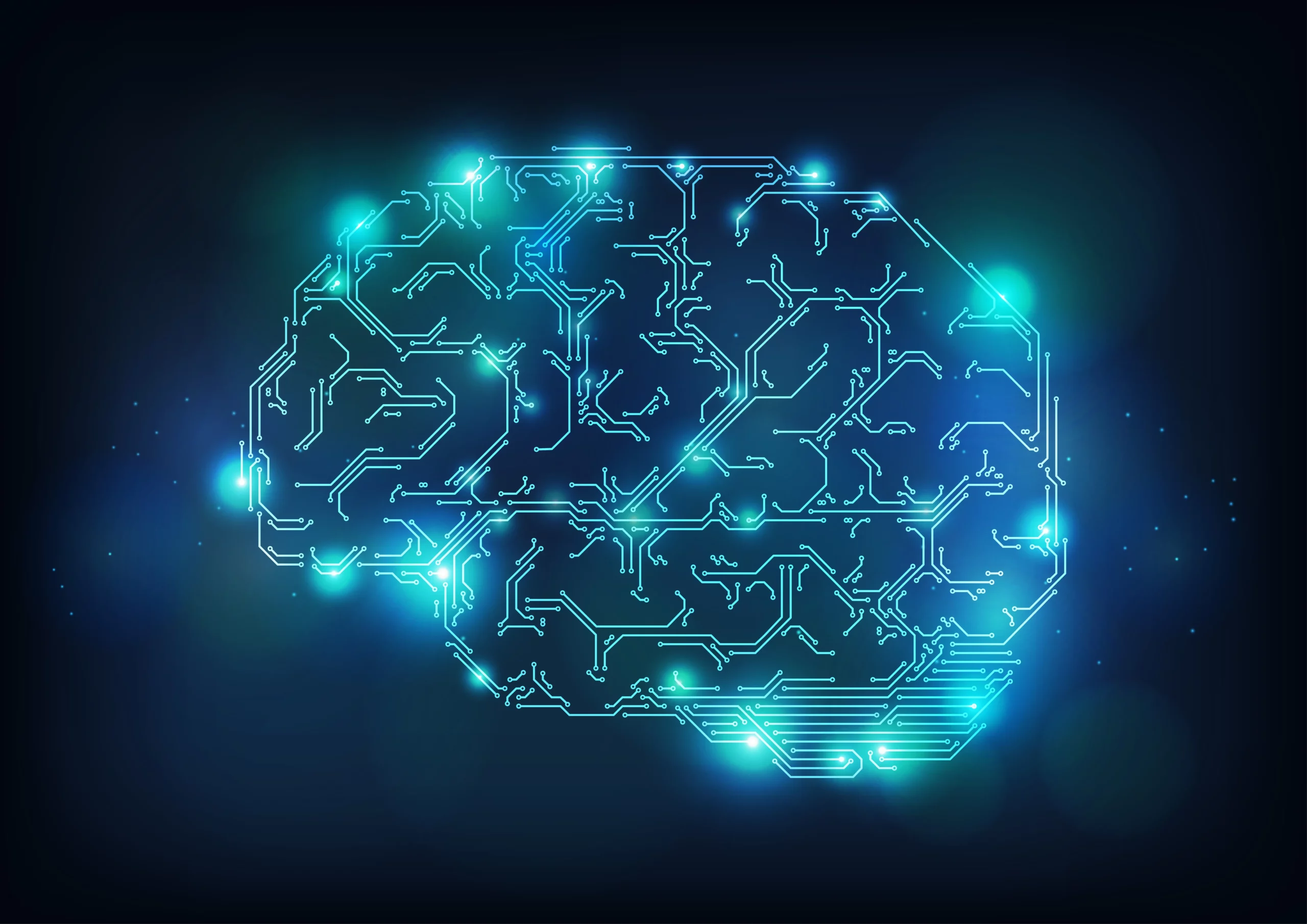The term “Digital Twin” has become one of the hottest buzzwords in the tech industry in recent years. But what exactly is a Digital Twin, and why is it so important? In this blog post, we will explore the concept of Digital Twin and its impact on various industries.
A Digital Twin is a virtual replica of a physical object, system, or process that is continuously updated with real-time data. The Digital Twin technology uses sensors, IoT devices, and advanced analytics to create a virtual representation of a physical object or system. This virtual model can be used to monitor, predict, and optimize the performance of the physical object or system.
The concept of Digital Twin has been around for a few years, but it gained mainstream attention with the emergence of IoT and Industry 4.0. Digital Twins are increasingly being used in various industries, including manufacturing, aerospace, automotive, and healthcare.
In the manufacturing industry, Digital Twins are used to simulate the entire production process, from design to assembly. By creating a Digital Twin of a production line, manufacturers can identify potential issues before they occur and optimize the production process to increase efficiency and reduce costs.
In the aerospace industry, Digital Twins are used to simulate the behavior of aircraft in various scenarios, such as takeoff, landing, and turbulence. These simulations help engineers to identify potential problems and optimize the aircraft design to improve safety and performance.
In the automotive industry, Digital Twins are used to simulate the behavior of vehicles in various driving conditions. By creating a Digital Twin of a vehicle, manufacturers can optimize the design and performance of the vehicle to improve safety, fuel efficiency, and performance.
In the healthcare industry, Digital Twins are used to simulate the behavior of the human body and organs. These simulations can be used to diagnose diseases, develop personalized treatment plans, and optimize surgical procedures.
The benefits of Digital Twin technology are many. By creating a virtual replica of a physical object or system, companies can reduce costs, improve efficiency, and optimize performance. Digital Twins can also be used to predict potential problems and prevent them from occurring, improving safety and reducing downtime.
In conclusion, the concept of Digital Twin has the potential to revolutionize various industries. By using sensors, IoT devices, and advanced analytics to create a virtual replica of a physical object or system, companies can optimize performance, reduce costs, and improve safety. The use of Digital Twins is expected to become more widespread in the coming years, making it a game-changer for industries.









